Anuradhapura: The Cradle of Sri Lankan Heritage
Anuradhapura
Anuradhapura is affectionately referred to as the ‘Garden of Dagobas’. Located in the heart of the Cultural Triangle, this ancient city was documented as the first kingdom of Sri Lanka, dating to the 4th century BC. It was during the peak of this kingdom that Buddhism became the established religion in the country, which is signified by the dominating structure of the Jaya Sri Maha Bodhiya along with other temples and ruins dotted around the historic town. Stroll along the remnants of the past or cycle around the ancient kingdom instead.
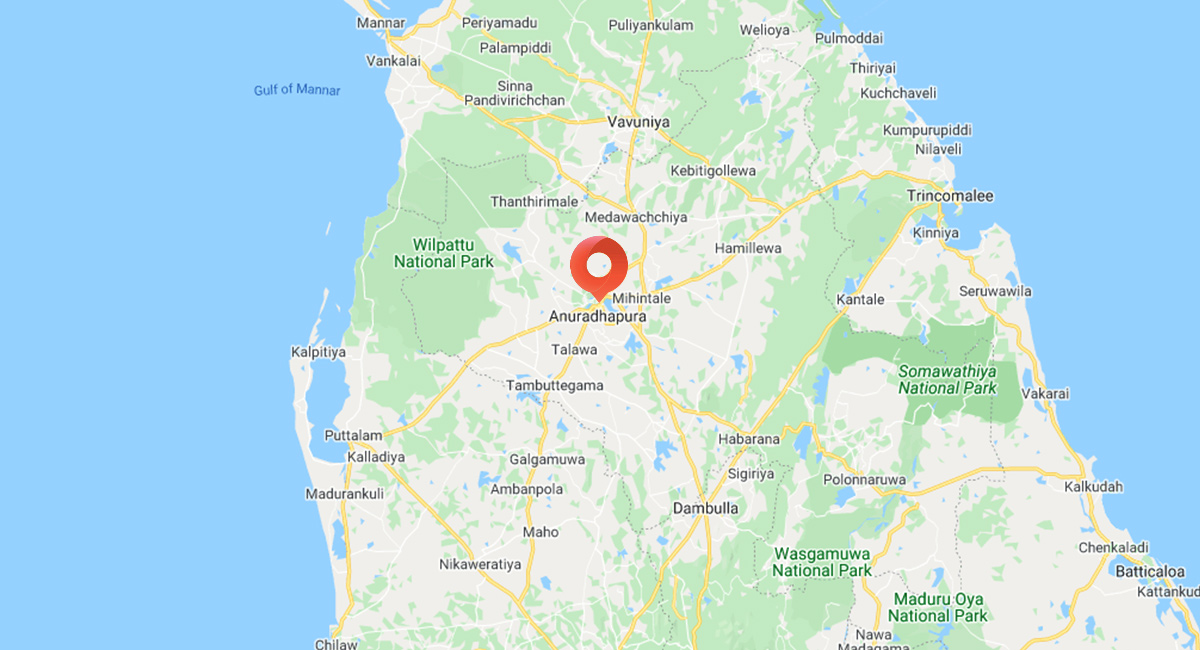
Key Attractions
Anuradhapura, Sri Lanka’s ancient capital and a UNESCO World Heritage Site, is a hub of historical and spiritual significance. The Sacred Bodhi Tree (Jaya Sri Maha Bodhi), believed to be the oldest tree in the world, is a revered pilgrimage site. The towering Ruwanwelisaya Stupa, with its immaculate white dome, symbolizes Buddhist devotion and architectural brilliance. The Twin Ponds (Kuttam Pokuna) highlight advanced ancient engineering for water management. The Isurumuniya Temple, adorned with intricate stone carvings, showcases the artistry of the Anuradhapura period. This ancient city offers a timeless journey into Sri Lanka’s cultural and religious heritage.
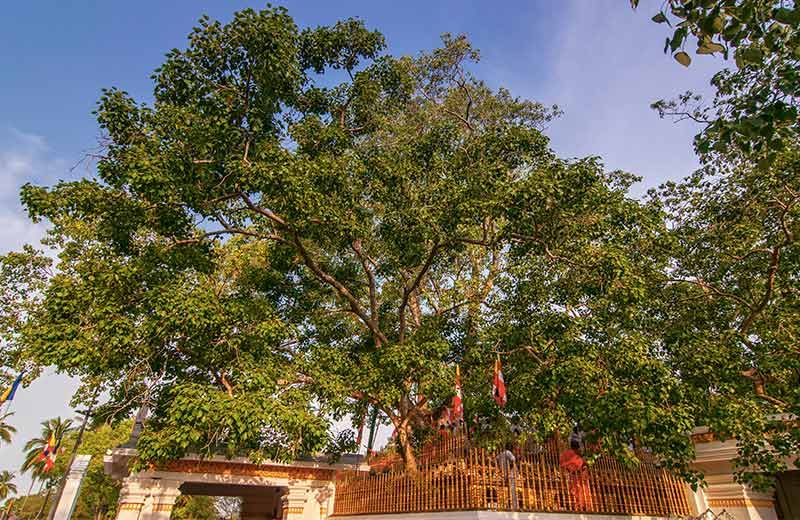
Jaya Sri Maha Bodhi
Located in Anuradhapura and believed to be the oldest planted tree in the world, the Jaya Sri Maha Bodhi goes all the way back to the 3rd century BC. The sacred fig tree signifies the religion of Buddhism as the official religion of the country, as it is the sapling of the very tree Lord Buddha attained enlightenment in Buddha Gaya, India.
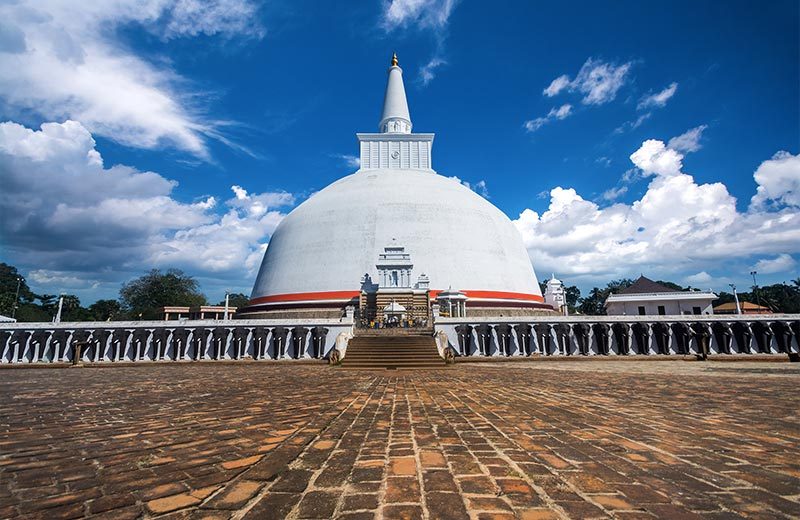
Ruwanveliseya
Once considered to be the fifth largest monument in the world, the Ruwanveliseya is another ancient stupa that can narrate endless tales of the ancient Kingdom of Anuradhapura. Built by King Dutugemunu in the 1st century BC to commemorate the unification of the entire country after overthrowing the Cholas, this UNESCO World Heritage Site also acts as a place of pilgrimage too.
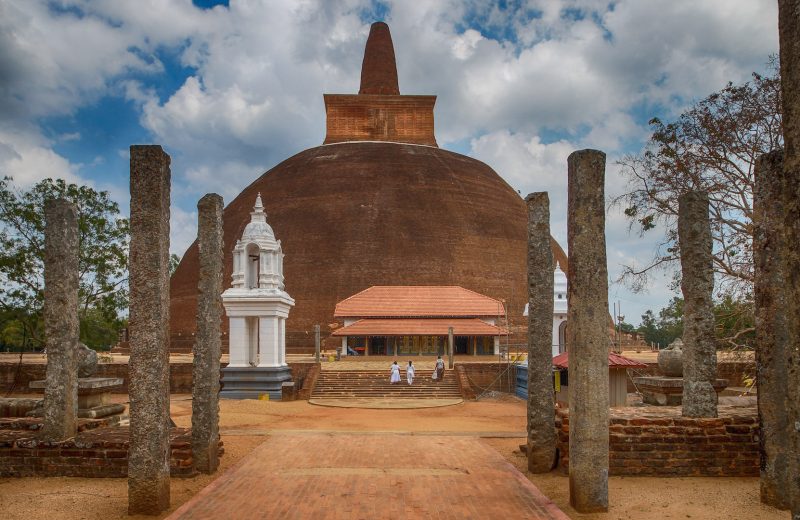
Abhayagiri Stupa
Rivalling even the great pyramids of Giza, the gargantuan structure of the Abhayagiri Stupa in Anuradhapura goes back to the 1st century BC. The origins of the stupa are associated during the reign of King Valagamba, when he was initially driven out by the Dravidian invaders.
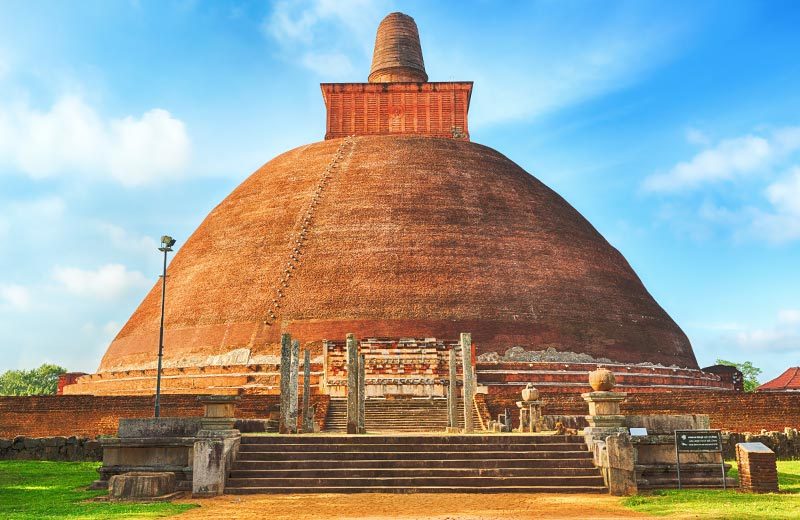
Jetavanarama Stupa
Although very similar to the Abhayagiri Stupa, the Jetavanarama Stupa in Anuradhapura was built in the 3rd century AD. It is considered to be the largest stupa in the country and the world, and was once the foremost place of worship for Mahayana Buddhists (a branch of Buddhism).
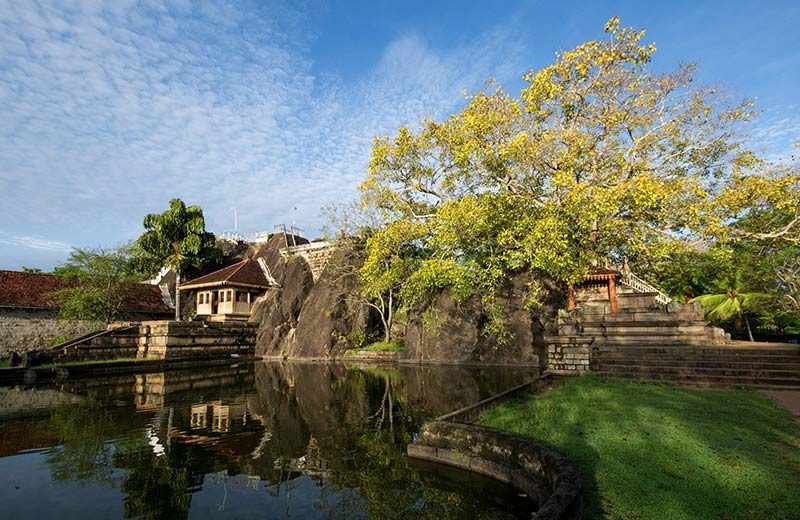
Isurumuniya Viharaya
Located in Anuradhapura, Isurumuniya Viharaya was built in the 3rd century BC by King Devanampiyatissa. It was initially called the Meghagiri Viharaya and is believed to be the first temple in which the Sacred Tooth Relic of the Lord Buddha was housed before the capital shifted to Polonnaruwa.
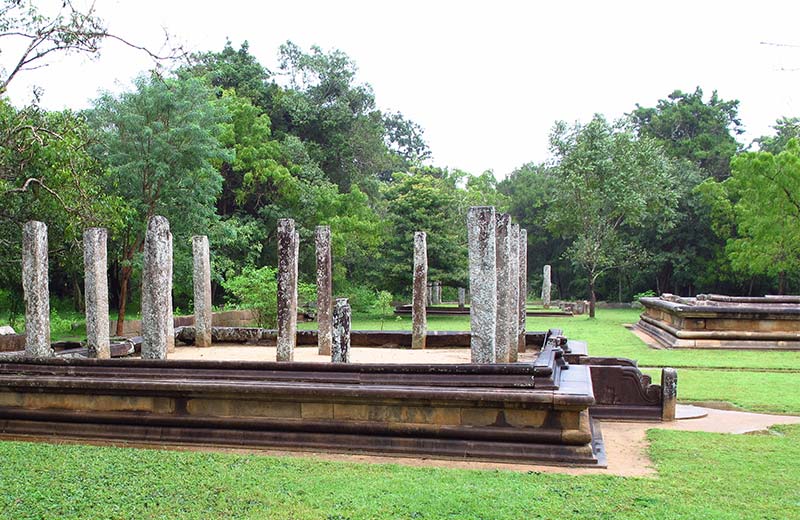
Ratnaprasadaya
Literally translated as Jewel Palace, the Ratnaprasadaya, located in Anuradhapura, belongs to the Abhayagiri Monastery complex and was built by King Kanittha Tissa during the 2nd century AD.

